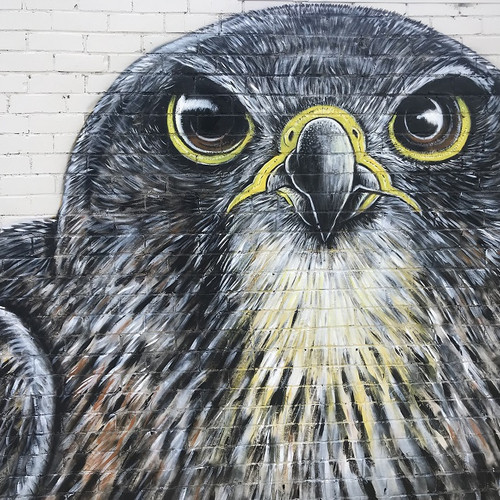Big snow of '39 grinds city to halt
As August rolls around with only the merest sprinkling of snow gracing our peaks this winter, we will have to make do with a story about snow, instead of the real thing.
We’re going back 80 years to the worst snow storm of the 20th century – the Big Snow of July 1939 – when a series of freezing southerlies swept snow over the entire country. Even a very surprised lighthouse keeper at Cape Maria van Diemen at the top of the North Island reported snowflakes flying past his window! But the worst hit was coastal Otago.
Flakes started falling in Dunedin at home time on Monday 24 July, and by the next morning the city was blanketed with 15cm of snow with more falling.
By Wednesday there was 35cm of snow at St Kilda and drifts up to a metre in the hill suburbs. And the snow kept falling.
The city being cut off to the north and south, schools closing, public transport mostly grinding to a halt and food supplies running low didn’t stop most people having a jolly good time.
The Otago Daily Times reported “The difficulties and inconvenience which the conditions imposed were generally accepted with an infectious cheerfulness, and everyone strove to extract as much amusement as possible from the situation.”
Skis, strips of lino and tea trays all got a good workout down the hills and the town sounded like the wild west of snowball throwing; anyone was a fair target and many windows were broken, the Police having to intervene on occasion.
An ODT reporter could barely disguise their glee describing trapped hill residents having to grimly trudge through the snow to work “often to the accompaniment of a rain of snowballs … and frequently with much ungraceful sliding and glissading.”
The ODT also described scenes of alpine beauty on Mt Cargill where snow was piled in drifts a few metres high along the main north road (now Mt Cargill Road) and icicles over half a metre long hung off the trees.
At the summit gusts of wind whipped the snow high into the air – “the sight was an eerie one and for all the world like a volcano belching white smoke into the heavens”.
On the Peninsula the staff at the Highcliff radio mast were stranded without food necessitating a rescue mission using one of Captain Scott’s Antarctic sleds borrowed from Otago Museum!
By Thursday the novelty was beginning to wear off, but fortunately so was the snowfall. Although the big thaw wasn’t much fun either, turning footpaths and streets into “running rivers of slush which offered no secure foothold and provided many traps for the unwary”.
Verandahs all over town had collapsed, and guttering and spouting ripped off or twisted under the weight of the snow.
Luckily injuries were few, mostly the result of general tomfoolery, but one man, William Cooper, died when he fell through a skylight while clearing snow off a factory roof in George Street. A gardener had a lucky escape getting out of the fern house at the Botanic Gardens just before the glass roof collapsed.
While four snow days in a row might be a bit much, I hope they aren’t yet a thing of the past.—Helen Jack, North East Valley resident and scientist





